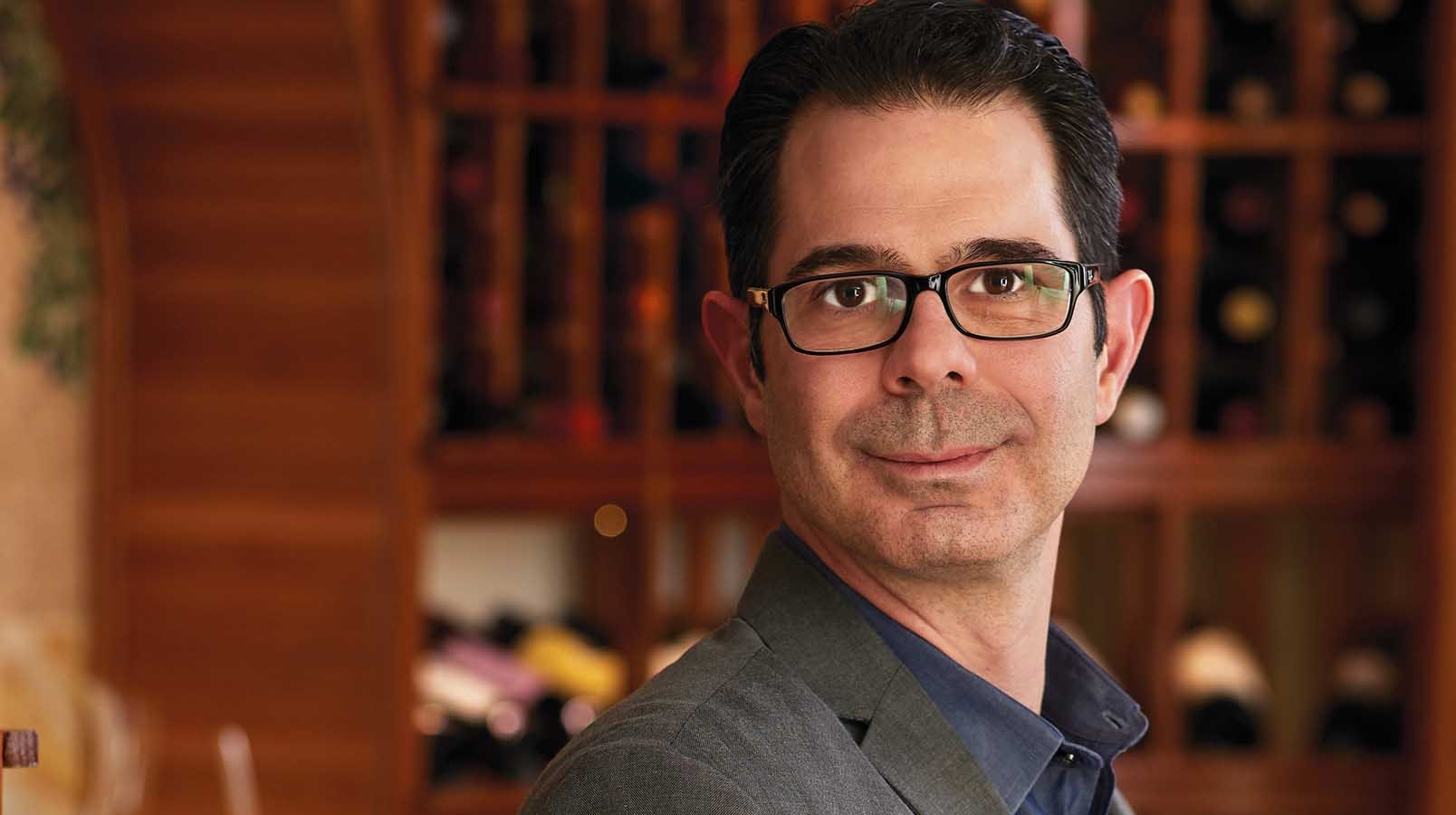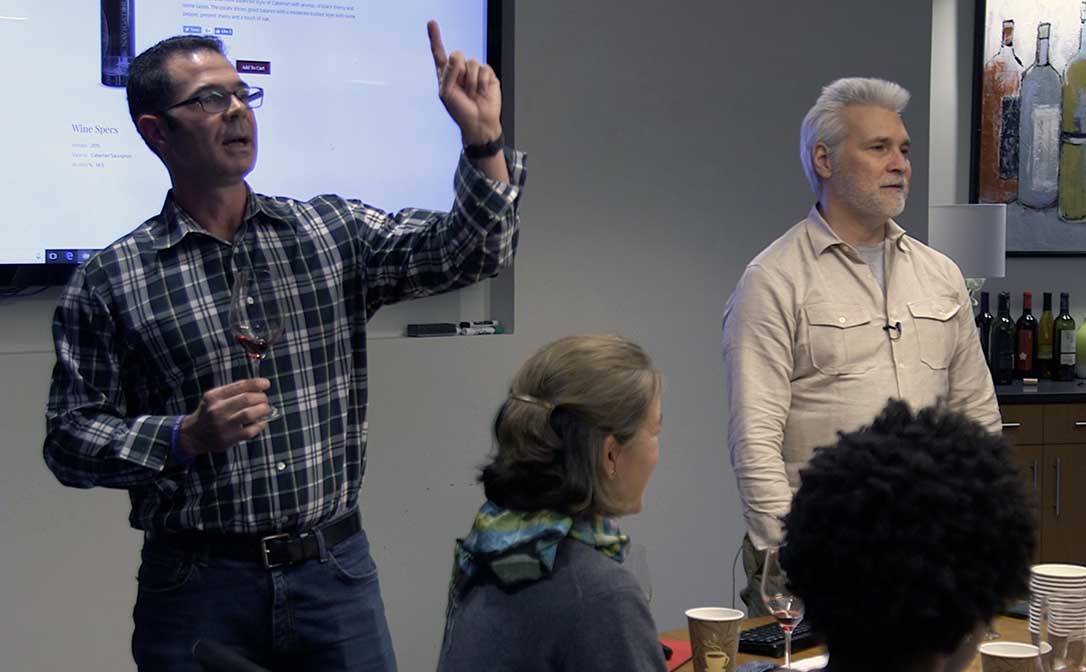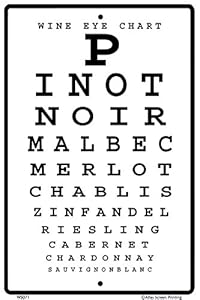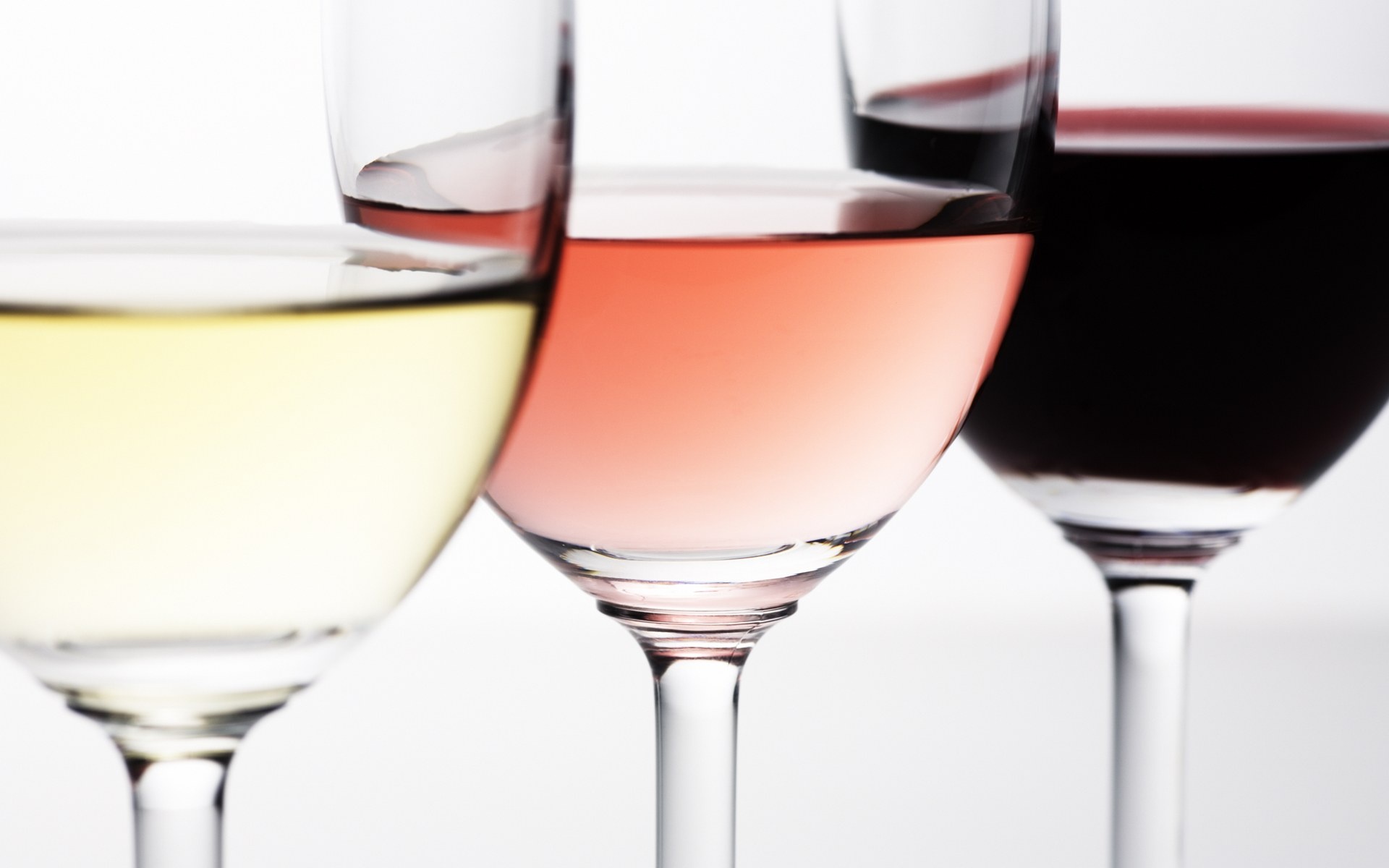28/07/2020
by WSET Global

This week we are chatting with Marshall Tilden, Chief Revenue and Education Officer at Wine Enthusiast, to mark the launch of Wine Enthusiast Academy in New York on 1st August. Marshall tells us about setting up Wine Enthusiast Academy and becoming a WSET course provider
It’s a long way from wine publishing and commerce to wine education, talk us through Wine Enthusiast’s strategy…
Wine Enthusiast has been the ultimate source in the US for everything wine for the last four decades. From our reviews and ratings to our colourful and insightful editorial pieces, to our exclusive wine cellars, coolers, glassware, and other wine accessories to our bridal registry for the ultimate wine-centric newlyweds. We have always had such a personal involvement with our audience’s wine lifestyle and education, that offering WSET classes seemed like a perfect partnership and the best way to help educate our ever-curious followers. And with my background in education and wine, everything came together just perfectly.
How is Wine Enthusiast Academy starting its journey as a WSET course provider? What classes will be offered?
Our goal was to start our classes in our Westchester County, NY headquarters in April this year. However, with COVID-19 that obviously will be delayed. So, we quickly switched to online courses and will be offering WSET’s Level 1 Award in Wines starting this August. Once we are all back to some form of normality, we feel offering an online programme as well as classroom teaching will be a perfect combination for our students. We also plan to offer the Level 2 Award in Wines by the end of 2020 in both the online and classroom formats as well.
What type of students are you hoping to attract?
We have so many customers, readers and followers that are thirsty for more wine knowledge. They continually voice their desire for us to help them learn more about the wine world. So, we hope that both the everyday wine lover, as well as wine industry professionals, will come and join in the fun… particularly when it comes to the Level 1 Award in Wines. It is such a great introduction to the world of wine and offers so much useful information for the at-home collector as well as the wine professional. Our main goal is to make this wine education as fun and engaging as it is informative.

What are your ambitions for Wine Enthusiast Academy as a WSET course provider?
To help educate those wine consumers and professionals both in our community and now throughout the US, with our online classes using all the wine knowledge that we at Wine Enthusiast possess. We are so fortunate to have some of the most enlightened wine editors and professionals in the world. To have them contribute to our programme and help educate those who are interested in learning more about the wonderful world of wine makes our academy like no other course provider in the world.
The wonderful part about Wine Enthusiast is our diversity across so many channels in the wine industry. Our enrolled students will be able to take advantage of special promotions through our commerce division and receive benefits and discounts on products and subscriptions, which makes us unique in our offering.
How would you describe your own WSET learning journey?
My WSET experience started with the online Level 3 in Wine and Spirits course… and that was no walk in the park! I had always considered myself fairly knowledgeable about wine, but just a few weeks, in I knew I was going to be learning about wine at a much higher level.
And then there was the Diploma… that programme truly brings about a roller coaster of emotions. Working a full-time job and having two young children at home, I had to take my Diploma online. It took almost three years of early morning studying, late-night tasting and just continual learning of the overall wine business in general. It required focus, persistence, dedication and a continued desire to succeed in order to pass all six units (which I did on the first try for each level). But it has transformed the way I think about tasting and brought my analytical skills to an extremely heightened level. I can no longer take the first sip of any glass of wine and not go through the full Systematic Approach to Tasting grid in my head. And I love to share that information with others who are interested in how that process works.
What is the most exciting aspect of becoming a WSET course provider?
Being able to share the wine experience with others. Wine is a wonderful beverage that brings people together. We celebrate with it; we enjoy meals with it, and it helps lead to meaningful interactions between family and friends. Any way that we can help our audience learn more about wine, and bring them into our Wine Enthusiast family, will only help improve the overall wine culture in our global community.
If you are interested in learning more about wine, spirits or sake, why not take a WSET course online or in the classroom. To find a course provider near you click here.













 decided I needed to step up my ‘wine geek’ status a notch or two which was when I decided to enroll in the WSET. The Wine and Spirits Education trust is based in England with satellite schools throughout the globe and is one of the most recognized and respected wine education organizations in the world. They offer a variety of programs starting with a basic Level 1 Award in Wines all the way up the wine education ladder to one of the most grueling and intense programs out there, the notorious Level 4 Diploma in Wine and Spirits.
decided I needed to step up my ‘wine geek’ status a notch or two which was when I decided to enroll in the WSET. The Wine and Spirits Education trust is based in England with satellite schools throughout the globe and is one of the most recognized and respected wine education organizations in the world. They offer a variety of programs starting with a basic Level 1 Award in Wines all the way up the wine education ladder to one of the most grueling and intense programs out there, the notorious Level 4 Diploma in Wine and Spirits. exam with a magnifying glass. There are separate Units for Sparkling Wine, Fortified Wine, Spirits, Wine Production, The Business of Wine and the Granddaddy of them all… Unit 3 – Light Wine. ‘Light’ is a complete oxymoron here as this makes up half of the program and is the heaviest of all in terms of information, tasting and time expended. The WSET uses the term Light Wine, but it is synonymous with ‘still wine’, so this section covers every region in the wine producing world and every wine that comes out of those regions…literally.
exam with a magnifying glass. There are separate Units for Sparkling Wine, Fortified Wine, Spirits, Wine Production, The Business of Wine and the Granddaddy of them all… Unit 3 – Light Wine. ‘Light’ is a complete oxymoron here as this makes up half of the program and is the heaviest of all in terms of information, tasting and time expended. The WSET uses the term Light Wine, but it is synonymous with ‘still wine’, so this section covers every region in the wine producing world and every wine that comes out of those regions…literally. passing a majority of the other units and heading into my third year of the program, it was time to take on Goliath. Who would have thought there was so much to know about wine?!? How many hectares of vineyards are planted in Valais? What grapes are used in the Nagy Somlo region of Hungary? At what time did they pick the grapes for the 1973 Chateau Montelena award winning Chard? What was the name of the third child of the Chateau Margaux winemaker in 1982? That sort of thing.
passing a majority of the other units and heading into my third year of the program, it was time to take on Goliath. Who would have thought there was so much to know about wine?!? How many hectares of vineyards are planted in Valais? What grapes are used in the Nagy Somlo region of Hungary? At what time did they pick the grapes for the 1973 Chateau Montelena award winning Chard? What was the name of the third child of the Chateau Margaux winemaker in 1982? That sort of thing. notes on the first wine, so I ignored the grid as clearly these were all Sauvignon Blanc. Luckily, my snap judgement was correct as all 3 wines were indeed produced from Sauvignon Blanc. Of course, you do not find out results until about 3 months after the fact, leaving around 90 days to crucify myself for falling into the most obvious blind tasting pitfall. But the grapefruit don’t lie… most of the time.
notes on the first wine, so I ignored the grid as clearly these were all Sauvignon Blanc. Luckily, my snap judgement was correct as all 3 wines were indeed produced from Sauvignon Blanc. Of course, you do not find out results until about 3 months after the fact, leaving around 90 days to crucify myself for falling into the most obvious blind tasting pitfall. But the grapefruit don’t lie… most of the time. Or, not so much… the first wine wasn’t even Chenin. It was a Kabinett Riesling from GERMANY! Both wines can have apple and pear fruit with a slight honey note as well, which is exactly why you don’t jump to conclusions. The red wine was in fact Pinot, but Spätburgunder would have been more appropriate in this case. And of course, the final wine was not an obscure late harvest Chenin, but an obvious Auslese Riesling.
Or, not so much… the first wine wasn’t even Chenin. It was a Kabinett Riesling from GERMANY! Both wines can have apple and pear fruit with a slight honey note as well, which is exactly why you don’t jump to conclusions. The red wine was in fact Pinot, but Spätburgunder would have been more appropriate in this case. And of course, the final wine was not an obscure late harvest Chenin, but an obvious Auslese Riesling. The white had a lovely nose of green apple, white flowers with just a touch of lemon peel. WIth its high, crisp acidity, this one really felt like a dry Riesling. It ended up being a dry, delicate Torrontes (which can carry Riesling character) but I was positive on my call so I was feeling strong heading into the Rosé. Fresh strawberry and cherry fruit, a little rose petal note and wonderfully bright acidity. I remember thinking to myself: ‘If this isn’t a Cotes de Provence Rosé than I simply have no idea what the hell I am doing’. Luckily, that is exactly what it was.
The white had a lovely nose of green apple, white flowers with just a touch of lemon peel. WIth its high, crisp acidity, this one really felt like a dry Riesling. It ended up being a dry, delicate Torrontes (which can carry Riesling character) but I was positive on my call so I was feeling strong heading into the Rosé. Fresh strawberry and cherry fruit, a little rose petal note and wonderfully bright acidity. I remember thinking to myself: ‘If this isn’t a Cotes de Provence Rosé than I simply have no idea what the hell I am doing’. Luckily, that is exactly what it was.